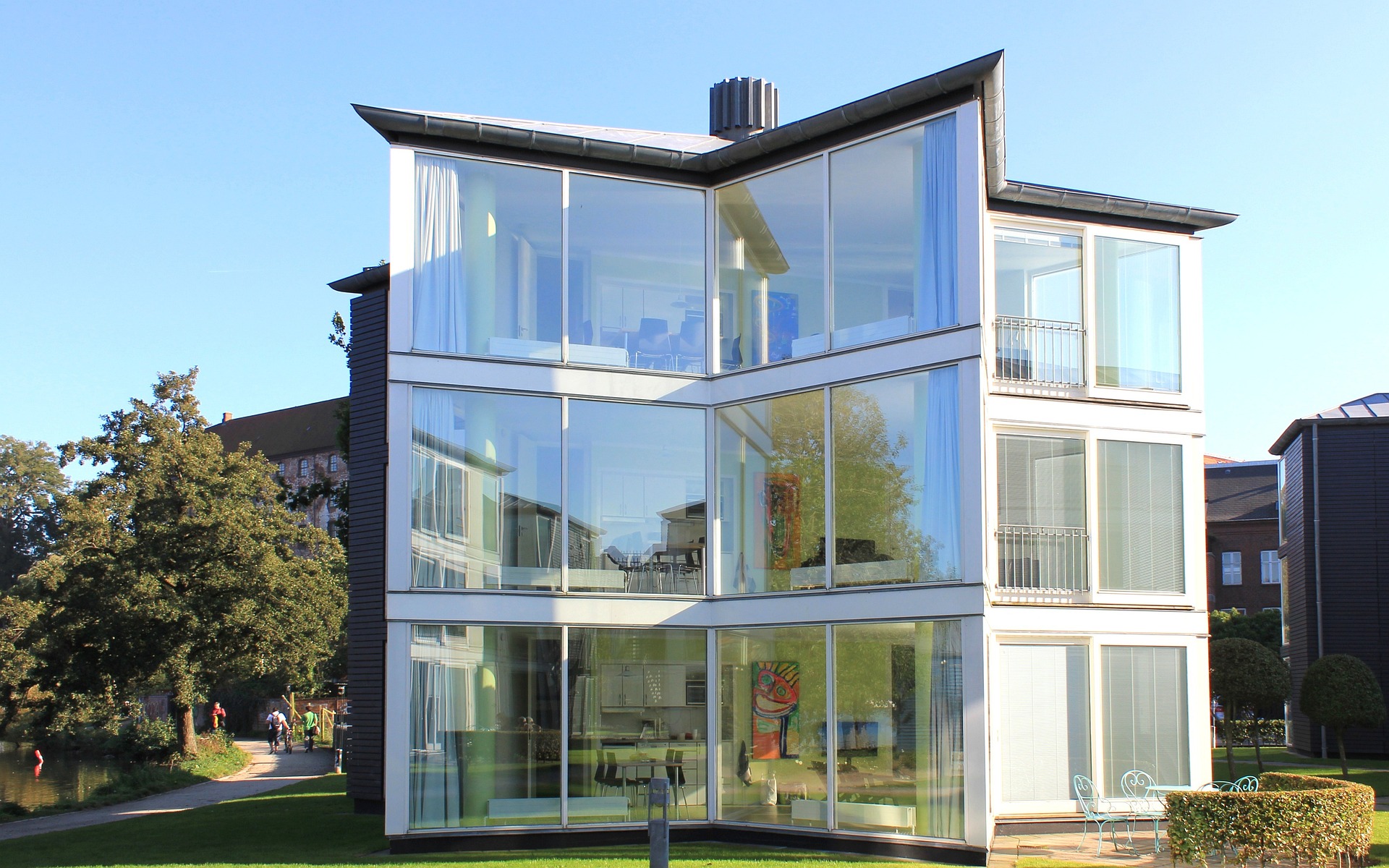Secure Access: Understanding Multi-Layer Authentication and Cloud Encryption
Data protection in the cloud has become a critical concern for individuals and organizations alike. Multi-layer authentication and encryption mechanisms play a key role in safeguarding sensitive information against unauthorized access. This article explores how these technologies work together to enhance cloud security, outlining practical applications, benefits, and implementation strategies for both personal and enterprise-level environments.
What is multi-layer authentication?
Multi-layer authentication, also known as multi-factor authentication (MFA), is a security process that requires users to provide two or more verification factors to gain access to a resource. This approach significantly reduces the risk of unauthorized access by adding extra layers of security beyond just a username and password. Common authentication factors include something you know (password), something you have (security token), and something you are (biometric data).
How does multi-layer authentication reduce unauthorized access risks?
Multi-layer authentication substantially decreases the likelihood of unauthorized access by creating multiple barriers for potential intruders. Even if a malicious actor manages to obtain a user’s password, they would still need to bypass additional authentication steps. This added complexity makes it exponentially more difficult for cybercriminals to gain entry, as they would need to compromise multiple independent factors simultaneously.
What role does end-to-end encryption play in cloud data protection?
End-to-end encryption is a crucial component in protecting cloud-stored data. This method ensures that data is encrypted on the sender’s system before transmission and only decrypted on the recipient’s system. Even if intercepted during transmission or while stored on cloud servers, the data remains unreadable without the proper decryption keys. This approach provides a robust defense against eavesdropping, data breaches, and unauthorized access attempts.
How do single-layer and multi-layer security frameworks compare?
Single-layer security frameworks rely on a single line of defense, such as a password-only system. While easier to implement and manage, they are more vulnerable to breaches. Multi-layer security frameworks, on the other hand, incorporate multiple security measures working in concert. These may include firewalls, intrusion detection systems, encryption, and multi-factor authentication. Multi-layer approaches provide significantly enhanced protection by creating a series of obstacles for potential attackers to overcome.
What are the best practices for implementing secure cloud authentication?
Implementing secure cloud authentication requires a comprehensive approach. Some best practices include:
- Enforcing strong password policies
- Implementing multi-factor authentication
- Regularly updating and patching systems
- Employing encryption for data at rest and in transit
- Conducting regular security audits
- Providing ongoing security awareness training for users
- Utilizing adaptive authentication based on risk factors
- Implementing least privilege access controls
Can you provide real-world examples of encryption and authentication synergy?
Several real-world scenarios demonstrate the effective combination of encryption and authentication:
- Financial services: Banks use multi-factor authentication for customer logins and end-to-end encryption for transaction data.
- Healthcare: Medical institutions implement MFA for staff access and encrypt patient records to comply with privacy regulations.
- E-commerce: Online retailers employ MFA for account access and encrypt payment information during transactions.
- Government agencies: Classified information is protected using multi-layer authentication and advanced encryption protocols.
- Cloud storage providers: Services like Dropbox and Google Drive use encryption for stored files and offer MFA options for account security.
| Security Measure | Implementation | Benefits |
|---|---|---|
| Multi-Factor Authentication | SMS codes, authenticator apps, biometrics | Significantly reduces unauthorized access risks |
| End-to-End Encryption | AES-256, RSA | Protects data in transit and at rest |
| Adaptive Authentication | AI-driven risk assessment | Adjusts security measures based on context |
| Single Sign-On (SSO) | SAML, OAuth | Enhances user experience while maintaining security |
| Zero Trust Model | Continuous verification | Assumes no trust, verifies every access attempt |
The combination of multi-layer authentication and robust encryption provides a formidable defense against various cyber threats. As cloud technologies continue to evolve, so too must our security strategies. By implementing these advanced security measures, organizations can significantly enhance their data protection capabilities, ensuring the confidentiality and integrity of sensitive information in an increasingly interconnected digital world.
The shared information of this article is up-to-date as of the publishing date. For more up-to-date information, please conduct your own research.





